One aspect of shopping around for outdoor equipment that can easily be overlooked is taking a good look at the product warranty.
You can unknowingly purchase something that you think will be repaired or replaced by the manufacturer only to find out it’s not covered under their warranty policy because of some not-so-straightforward legal jargon.
Personally, before I buy anything for the outdoors, I make sure to check the warranty fine print. If it seems reasonable, I’m way more likely to buy it, as well as pay a premium for something that has a more robust warranty.
So, let’s explore the different types of warranties out there. And breakdown the warranty programs for popular outdoor gear brands, so that you can make a more informed purchase!
Article Contents:
What Does a Product Warranty Actually Represent?

So, let’s start out by answering a basic question – what does a product warranty actually represent?
Well, as a buyer or consumer, when you purchase a product, you expect that product to perform according to the sellers and manufacturers’ specifications.
A warranty is essentially a guarantee from the seller or manufacturer that the product will work and perform as advertised. The warranty ensures the quality and performance of the product, as well as outlines the justification for repair or replacement if the product fails to perform to its specifications.
Does a Warranty Cover the Non-Original Purchaser?
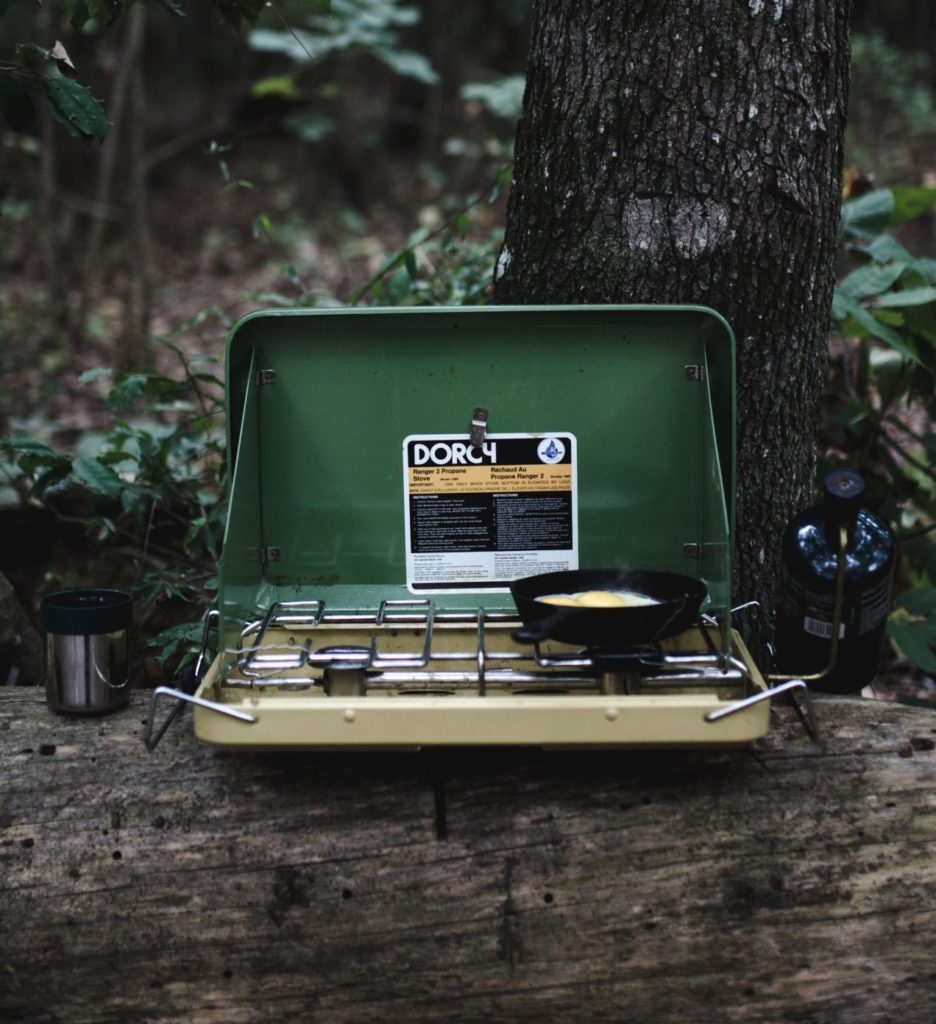
This has always been a question that seems to confuse people. As expected, a warranty covers the sale of the product for the original purchaser.
But, what happens if that product is given or sold to someone else? What if you bought the product in a private sale? Does the warranty still cover the product?
Well, to make a warranty claim, you would need to contact the product seller or manufacturer directly. Typically, they would ask that you provide proof-of-purchase such as the original sales receipt.
If you’re in possession of the original receipt, then you can most likely proceed to make the warranty claim.
However, without proof-of-purchase from the manufacturer or an authorized seller, the product manufacturer will likely not honour the warranty.
What Should You Do to Maintain the Warranty?
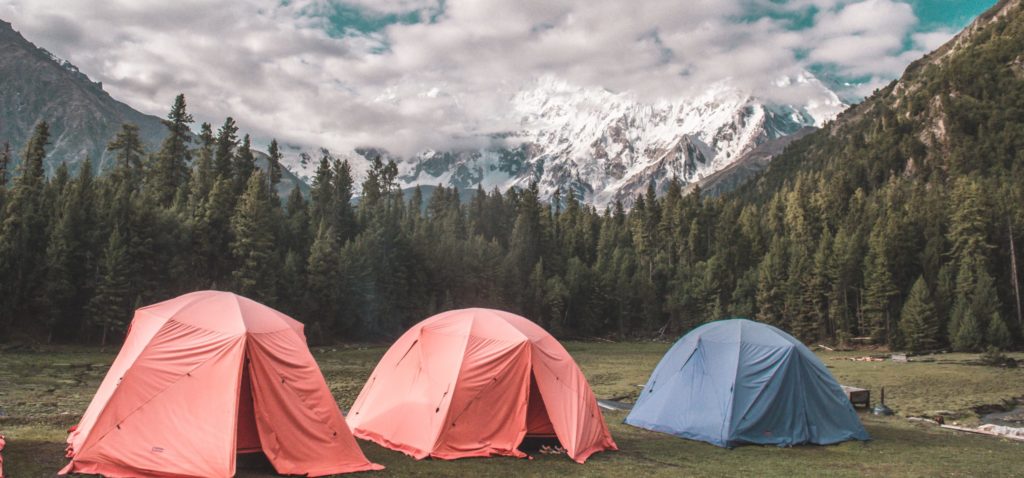
When you’re about to purchase a product, or shortly thereafter, make sure you do the following to ensure the product warranty is valid:
- Thoroughly inspect the product before buying and point out any defects.
- Purchase the product directly from the manufacturer.
- Retain the original sales receipt as proof of purchase.
- If someone is purchasing the product on your behalf, ensure you get a gift receipt.
- Register the product on the product company’s website. This shows proof of ownership and links the product, and product warranty, to you.
Warranty Statements from Outdoor Companies
Certain brands are popular in the outdoor space because they make high quality, purpose-built products.
As outdoor enthusiasts, we push these products to their limits and expect them to perform under harsh conditions.
So, besides product reviews and actually testing out the equipment, how can we tell if a product will be suitable for our use?
Well, that’s where the product warranty can shed some light.
- A roundabout way brands and companies stand behind their products, to “prove” its worthy of your purchase, is by having a robust warranty.
- The warranty is reflective of the product engineering, design, and quality.
Over the years, companies and brands have built a level of trust in the industry that can’t be bought. Below are a few of these popular brands in the outdoor space – from water bottles, clothes, tents, and multi-tools.
Let’s see how their warranty statements stack up, and ultimately answer the following questions:
- How is the warranty statement phrased?
- What does the warranty statement actually mean?
- Examples of what would and wouldn’t be covered by the warranty.
Patagonia
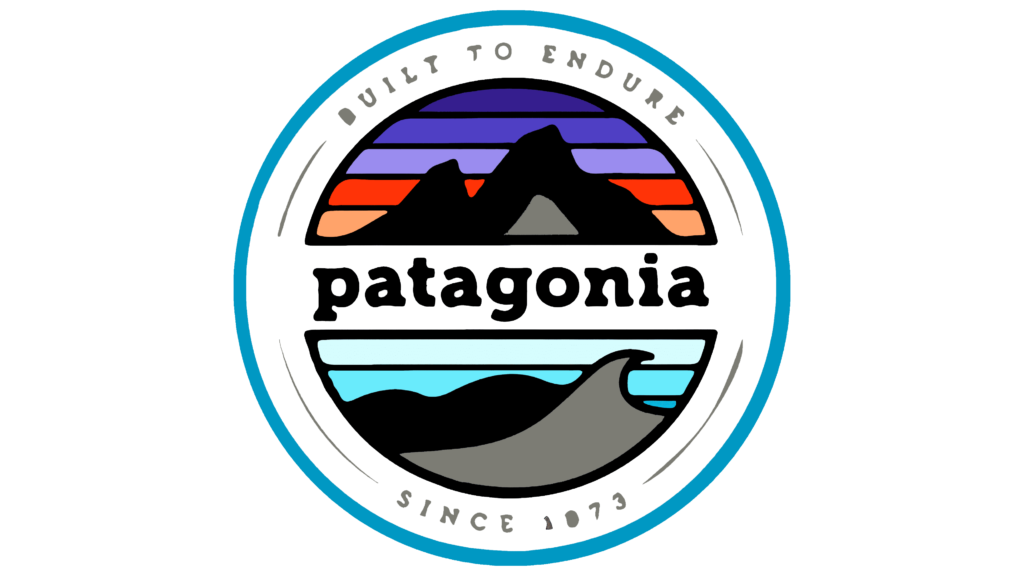
Patagonia has, what I consider, the gold standard of warranties for clothing and equipment. It is so good that they call it their “Ironclad Guarantee”.
The Patagonia warranty is as follows:
“We guarantee everything we make. If you are not satisfied with one of our products at the time you receive it, or if one of our products does not perform to your satisfaction, return it to the store you bought it from or to Patagonia for a repair, replacement or refund. Damage due to wear and tear will be repaired at a reasonable charge.”
So, according to Patagonia’s own warranty, if their product isn’t good enough for your needs, you can return it – no questions asked. Plus, any wear and tear related damage is covered for a fee.
The only unknown here is how long the warranty is valid for. I contacted their warranty and repair service to clarify this, and they confirmed that it’s a product lifetime warranty.
Osprey

Another company with a top-tier warranty is Osprey. Their backpacks are backed (pun intended) by their “All Mighty Guarantee”.
And, when you’re dealing with a piece of equipment that gets a lot of use and abuse, such as a backpack, it’s great to know that you’re protected.
The Osprey warranty is stated as follows:
“Osprey will repair any damage or defect for any reason free of charge — whether it was produced in 1974 or yesterday. If we are unable to perform a functional repair on your pack, we will happily replace it. We proudly stand behind this guarantee, so much so that it bears the signature of company founder and head designer, Mike Pfotenhauer.”
It’s clear from the warranty statement that Osprey will take care of any damage, for any reason, for the lifetime of the product.
Nalgene

Nalgene water bottles are often used by both everyday users, as well as outdoor enthusiasts. The Nalgene warranty is fairly standard and straight forward, and is stated as follows:
“Nalgene products have a lifetime warranty for manufacturing defects such as leaking, cracked, or broken bottles and lids that occur during regular use.”
Here are some key takeaways from reading Nalgene’s product warranty:
- Lifetime warranty
- Manufacturing defects are covered
- Damage due to “regular use” is covered
The term “regular use” implies the product failed during normal use conditions. Non-normal use or circumstances surrounding its damage would not be covered.
For example, use in extreme heat or cold, falls from large heights, or impacts from other objects would not necessarily be covered. Those would constitute non-regular use or conditions.
Camelbak

Camelbak is another popular brand who produces products related to water storage.
The Camelbak “Got Your Bak Lifetime Guarantee” warranty is stated as follows:
[Our warranty] “covers all reservoirs, backpacks, bottles and accessories from manufacturing defects* in materials and workmanship for the lifetime** of the product. CamelBak will repair or replace at its discretion any manufacturing defect in these products free of charge.”
So, Camelbak only covers manufacturing defects for the lifetime of the product free of charge. However, damage due to regular use is not covered.
Outdoor Research

Outdoor research primarily makes hiking and camping gear. So, their products should be designed and manufactured to withstand typical outdoor environments.
The Outdoor Research “infinite” warranty is short and simple, and is stated as follows:
[Our] “gear is guaranteed to perform throughout the lifetime of the product.”
So, not much to go on here. No details about what’s covered, only that the warranty covers the lifetime of the product.
I contacted the Outdoor Research warranty team and they provided a bit more guidance.
Essentially, it’s a limited warranty, which means they cover manufacturing defects for the life of the product. If they cannot repair or replace the product, they will provide a credit for the original purchase price.
Arc’teryx

The Arc’teryx warranty is a large reason why my wife and I wear and use Arc’teryx jackets throughout the year.
And, after personally going through their warranty process twice, I can say that I’m a very happy customer.
According to Arc’teryx, their warranty is as follows:
“any items with defects in materials or workmanship will be replaced or repaired at their discretion for the practical lifetime of the product.”
and
“If Arc’teryx determines that your product is subject to this warranty, Arc’teryx will, during the Warranty Period, in its sole discretion: (1) repair the product at no charge for labor or parts, (2) replace the product with the same model product, (3) replace the product with a comparable product should your product be discontinued or otherwise unavailable, or (4) provide you with a voucher to be used toward the purchase of other Arc’teryx products on www.arcteryx.com.”
These two statements read like a “limited warranty”, which include two important things to note:
- Defective materials or workmanship (manufacturing) is covered.
- The “practical lifetime” of a product is not the same as a “lifetime” guarantee.
The practical lifetime portion is easily the most contentious part of Arc’teryx’s warranty. And after speaking with them on multiple occasions, “practical lifetime” is around 5 years.
First Hand Experience
The two warranty claims that I submitted were in regards to manufacturing defects that occurred within 5 years of purchasing the product. Both times, the waterproofing tape that is used at the seams delaminated, which allowed water ingress.
The first time, I had to send in my jacket for inspection. Instead of repairing it, Arc’teryx sent me an equivalent jacket.
The second time was during COVID, and I had a video call with their product support team to show them the defect. This time around they gave me a voucher for the value of my original jacket!
Leatherman
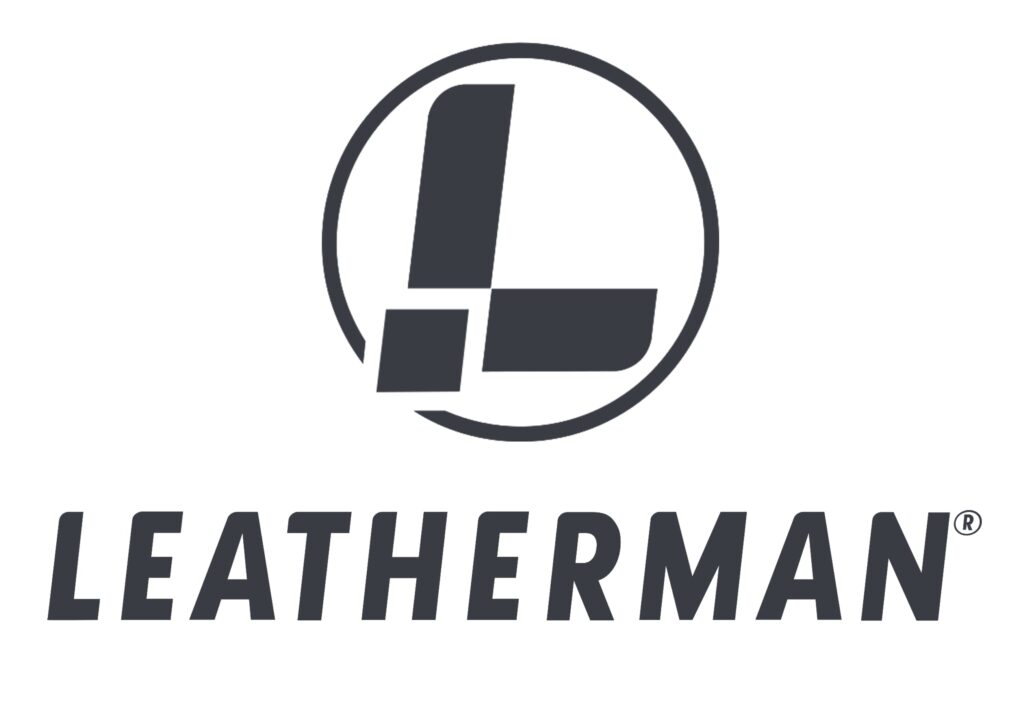
Leatherman multi-tools allow you to solve all sorts of problems while you’re biking, camping, or hunting.
Perhaps another massive reason most outdoor enthusiasts tend to prefer Leatherman multi-tools is because of their fantastic repair or replace warranty program.
According to Leatherman, their 25-year limited warranty is stated as follows:
“Our tools are built to last, but if anything happens, your Leatherman is backed by our 25-year limited warranty.
The Leatherman Warranty covers only the original/primary owner and does not cover abuse, alteration, theft, loss, or unauthorized and/or unreasonable use of Leatherman products. This Warranty covers tools purchased for personal use only and does not cover commercial accounts or bulk purchases with the intent to resell repaired or refurbished tools.
This warranty does not cover accessories, sheaths, imprinting, color finishes, cleaning, or sharpening.
Leatherman Tool Group is not liable for incidental or consequential damages. Some jurisdictions do not allow the exclusion or limitation of incidental or consequential damages, so the above exclusion may not apply to you.”
So, if you’re the original owner, and the tool is damaged during normal use, you should be covered. Just fill in their online Repair or Replace Warranty Form to start the process.
Here’s a great example of a YouTuber that I follow and his experience with Leatherman’s Warranty program, start to finish.
Big Agnes

Big Agnes tents are covered by their limited warranty, which includes both manufacturing and material defects.
The Big Agnes warranty is stated as follows:
“All Big Agnes products include a Limited Warranty against manufacturing or material defect. Items will be repaired or replaced at the discretion of Big Agnes. If replacement product is not available credit will be given for the original purchase price when returned with a receipt.”
Their warranty clearly states it is Big Agnes’ decision whether or not to repair or replace a product, and that proof of purchase is required to receive a credit.
So, keep that tent receipt somewhere safe, just in case!
Warranty Coverage Pro-Tips
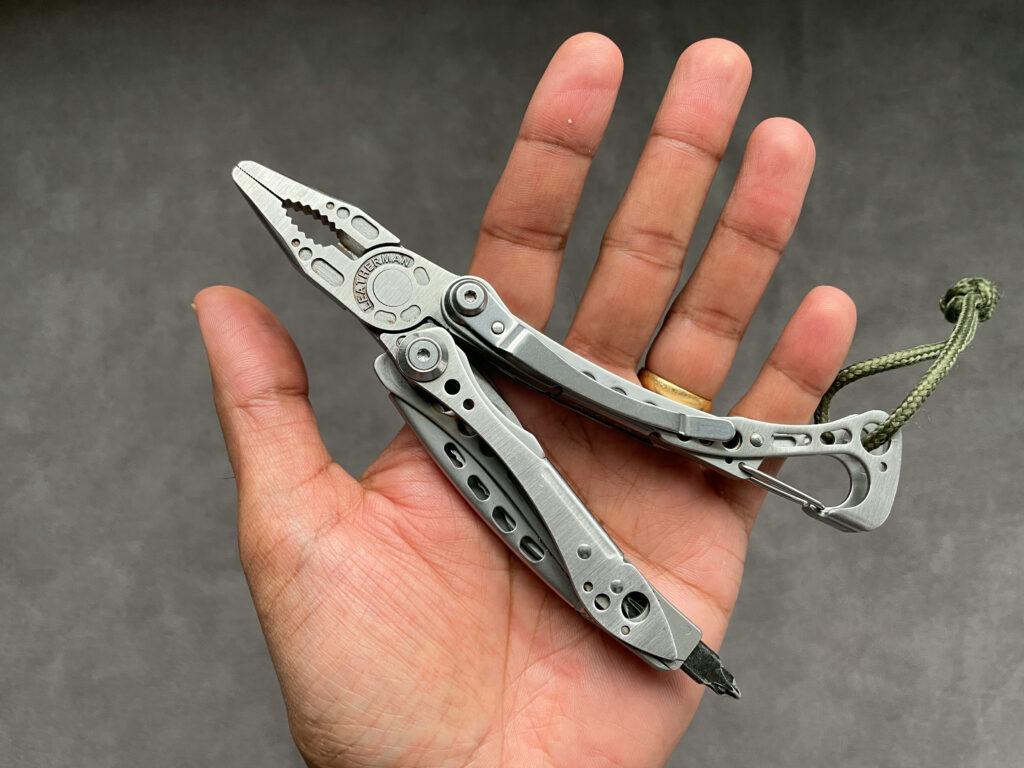
- Register the product with the company, so that they have a record of your purchase, as well as the product details on file. It really helps make the warranty process go a lot smoother.
- Keep the original receipt somewhere safe. Most companies require proof of purchase to complete the warranty process.
- Use products and equipment as intended. Extreme use can, and will, void any warranty.
- Take care of the product as per the company’s specifications. You may be asked how the product has been cared for prior to the warranty claim (i.e., cleaned, level of use, etc.) and this could affect eligibility.
- Don’t try to repair any equipment on your own if you plan on using the warranty afterwards. This change to the product can void the warranty.
- Be polite and cordial while you’re communicating with warranty personnel. Being nice during the process really does go a LONG way. (Hence, why my wife does all the talking.)
- If you’re unsure about what is and isn’t covered by the product limited warranty, ask a sales associate. Better yet, ask multiple sales associates. Even better, contact product support and ask them directly, since it’s up to their discretion on what’s covered.
So, as you camp, climb, or canoe across the world, make sure you pick the right gear with the right warranty to keep you covered.
This article contains affiliate links, which help support this blog at no cost to you!

“A solid warranty can be just as important as the gear itself—know before you buy!”